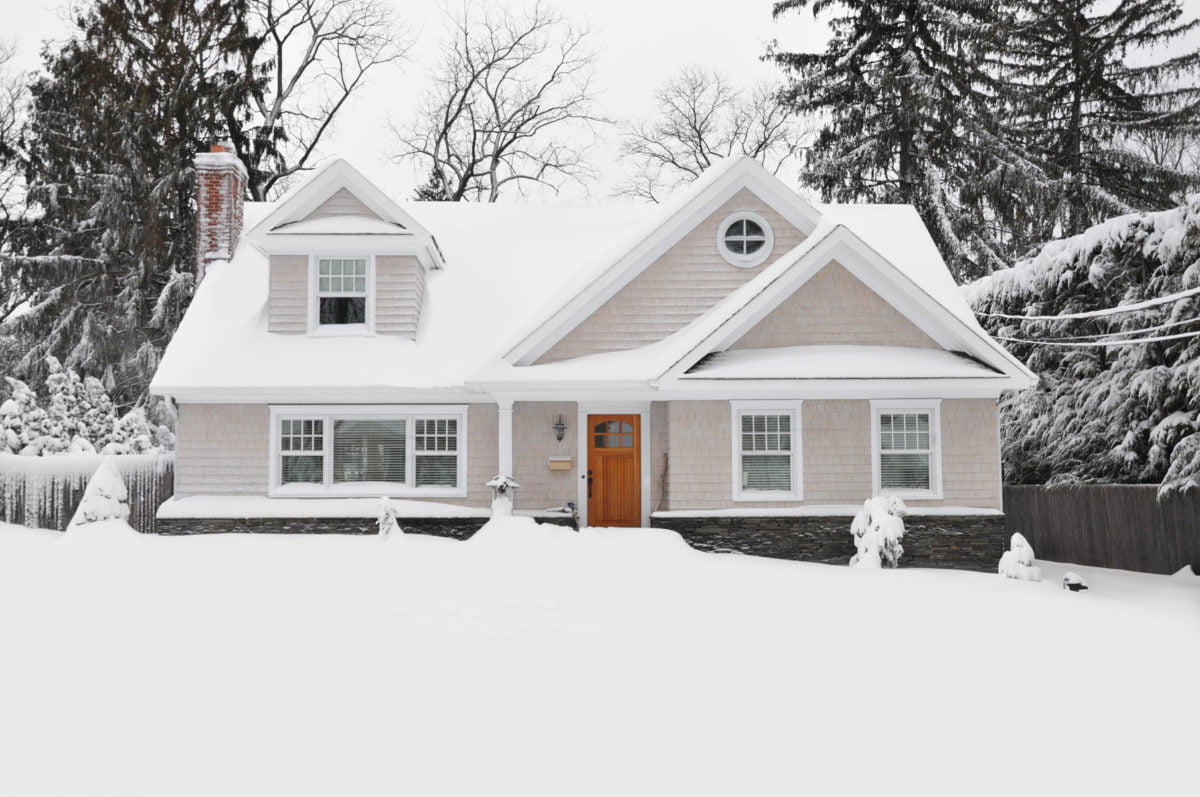Now that winter has fully engulfed us in its chilly embrace, you may not be thinking about your lawn at all. But there are some vital steps that you can take now to help your lawn remain plush and vibrant once springtime rolls around. Here are some do’s and don’ts of winter lawn care.
DO store all seed, fertilizer, and equipment safely
Proper storage over the winter months is critical to keep your grass seed, fertilizer, and equipment in the best condition.
Grass seed needs to be closed tightly and kept off the ground. Store your grass seed in a dry location that’s protected from the elements and any critters like mice or chipmunks who may be hungry over the winter months.
Extra caution needs to be used when storing fertilizer, which should be kept separate from other chemicals and stored in a dry area. Keep all fertilizers off the ground and secured properly. This is very important, as fertilizers can cause serious harm if they reach surface or groundwater.
Any and all spring or summer tools should be cleaned and then secured in a dry spot to avoid rust or damage from the elements.
DO keep pulling weeds if you can
If there isn’t a blanket of snow, then you may be able to continue to weed. Weeds can actually grow faster than your grass and need to be pulled as soon as possible to avoid spreading. In more snowy areas, don’t stop pulling weeds until your lawn has completely gone dormant, and make sure to start weeding again as soon as your lawn springs back to life.
DO use alternatives to salt
Avoid using sodium-based snow and ice removers, as they are extremely toxic to plants. You can really see the results of this come springtime when all the grass around your walkways and driveway has turned brown. You can combat this issue by using safe alternatives, such as calcium magnesium acetate, calcium chloride, or sand. See our previous blog post for more information on winter salt and its effect on your lawn.
DON’T fertilize during the winter
Fertilizer shouldn’t be used on grass that is dormant during the wintertime. It’s a waste of good fertilizer, as your lawn can’t absorb the nutrients during the cold weather. If the fertilizer is not absorbed then there’s a risk it will seep into surface or groundwater, which is dangerous. Generally, the best time to fertilize is March and October.
DON’T walk on frozen or snow-covered grass
Since grass becomes dormant in the winter months, any damage that occurs to it cannot be dealt with properly. Heavy foot traffic can damage your lawn, which in turn can make it more susceptible to various pests and diseases. Your lawn is already dealing with winter issues such as ice that can lead to torn tissues, dehydration, and temperature fluctuations. Stay off of your grass as much as you can during the winter months.
DON’T mow after the first frost hits
Sometimes there’s a frost when the lawn hasn’t gone dormant yet. You may have the urge to mow your lawn, especially if the weather warms up, but don’t do it. With the potential for more cold weather, freshly cut grass blades become more vulnerable to disease. Leaving your lawn a little longer actually helps protect it during our frigid winters.
Contact the professionals at Weed-A-Way to find out more about the do’s and don’ts of winter lawn care, or for advice any time of the year!

